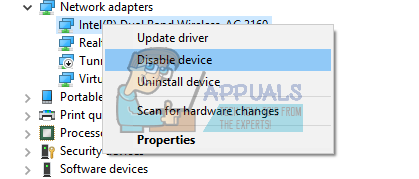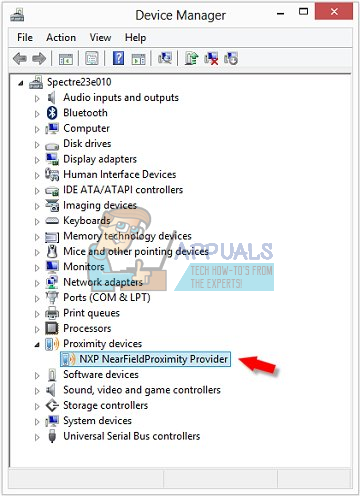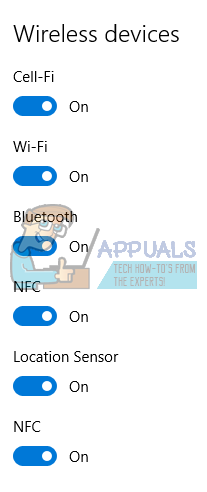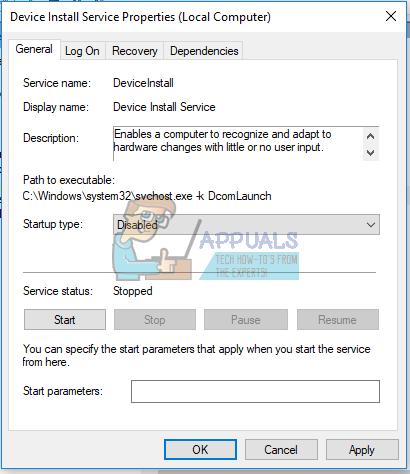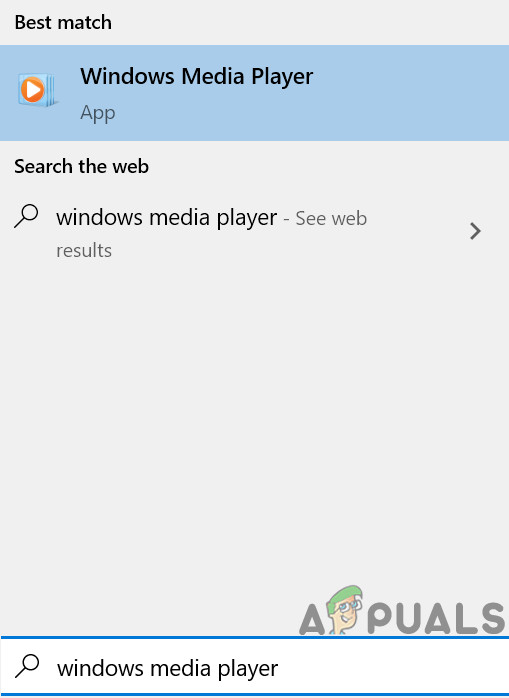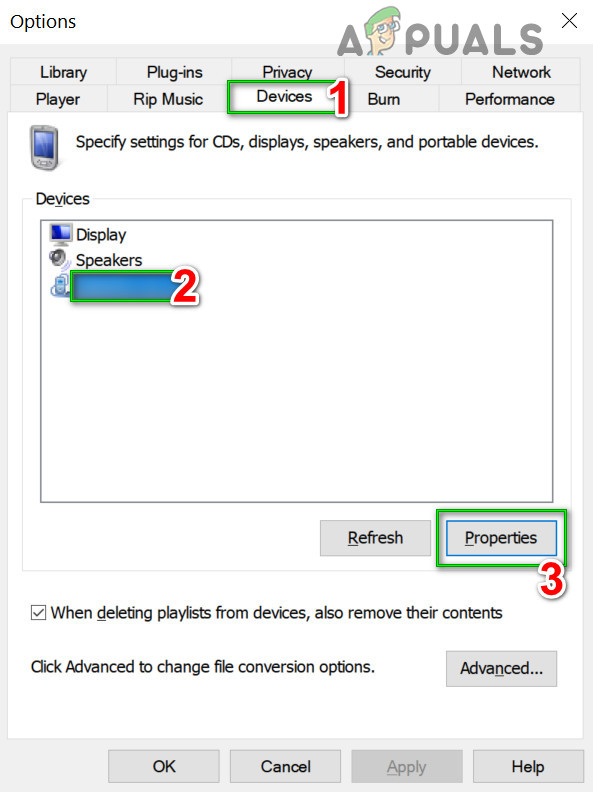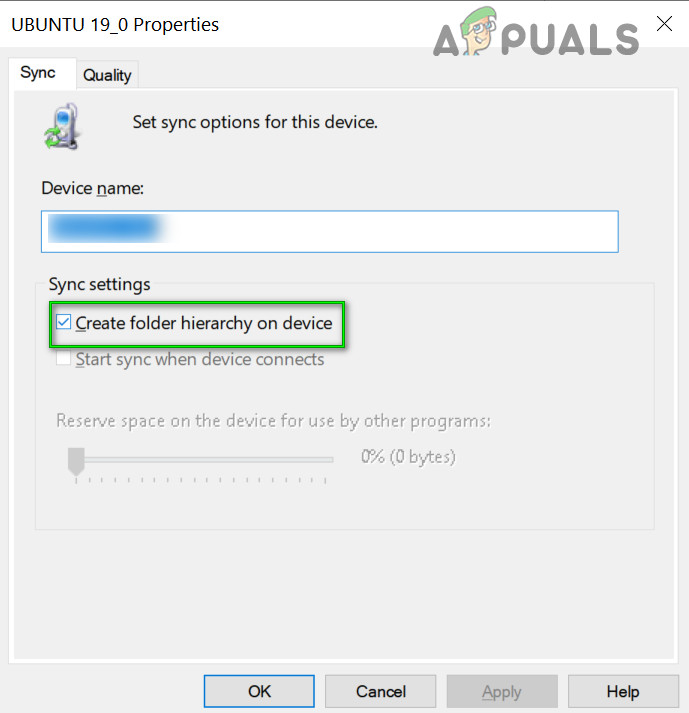For some users, the error was associated with an Intel Wireless Gigabit 17265 User mode driver. Others also traced the issue to the NFC hardware and an error with portable devices connected to the system. In this article, we’ll get to know the WUDFHost.exe is and how to solve its resource usage issue. The suggested fixes include removing Intel Wireless Gigabit 17265 User mode driver and updating the Intel dock manager, disabling NFC, and disabling portable drives from the Device Manager.
What is WUDFHost.exe?
WUDFHost is a process introduced in Windows Vista through to Windows 10 PC’s. Some drivers (e.g. USB Drivers) which run in user mode make use of WUDFHost.exe. WUDFHost.exe stands for Windows User Driver Framework Host and it is mainly used to provide greater stability and security to MTP devices, Portable Devices, sensors, etc., thank kernel-mode drivers.
Fixing WUDFHost.exe Hogging Issues
The following methods involve disabling various devices which are known to cause this issue. But before moving on with the solutions, update your Windows and drivers. Also, disconnect all peripherals/devices e.g. external drives and headsets, etc. to the bare minimum.
Method 1: Disabling Intel Wireless Gigabit 17265 User mode driver
Method 2: Disable NFC
If your device has NFC, you should try disabling it from the device manager. Alternatively, on Windows 10, you can:
Method 3: Disable Portable Devices or Disable Device Install Service
This process is quite similar to the others above. This error may persist if there’s a connected portable device. You have to find the portable device causing the issue and then disable it from Device Manager or disable the Device Install Service. Alternatively, you can disable the Device Install Service by following the following steps. New devices may not be able to install automatically when you disable this. And you have to enable this service to add new devices to your system.
Solution 4: Clean Boot Windows
Clean booting is a process in which Windows starts up with a minimum set of devices/applications/drivers. Only the essential services are running which are Microsoft’s own services needed to run the OS. Since all the third-party services/applications will be disabled, we will be able to identify if any was causing the problem. If you still get the high CPU usage while clean booting, you can continue with the next solution.
Solution 5: Disable Windows Media Player Backup/Sync
Windows Media Player, by default, performs backups/sync of all the media on a removable/portable drive. Whenever an external drive is attached to the system and Windows Media Player is running, then you may face the high CPU usage. In that case, disabling Windows Media Player Backup/Sync setting may solve the problem. Make sure that you restart your computer again after making changes and see if the issue is resolved for good.
How to Fix High CPU and Memory Usage By csrss.exeFix: High CPU Usage by OneDrive ‘OneDrive.exe’Fix: dasHost.exe High CPU and Memory UsageFix: High CPU & Memory Usage by ‘Inputpersonalization.exe’

